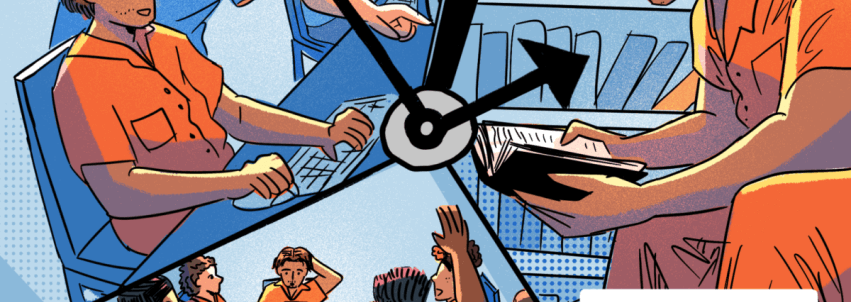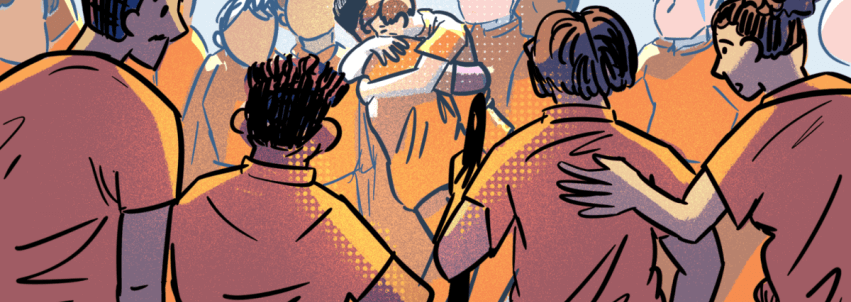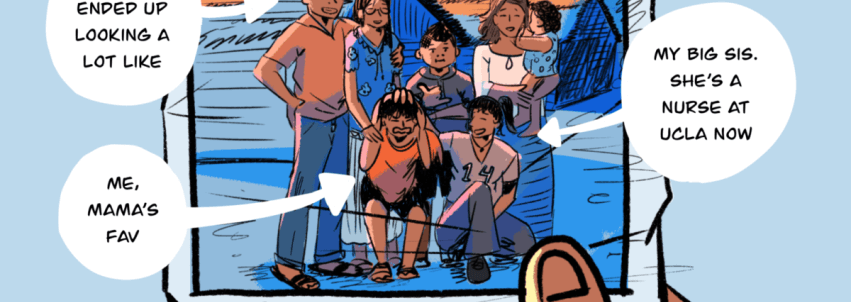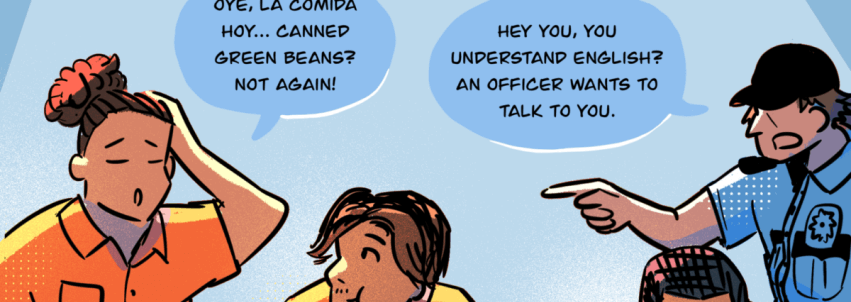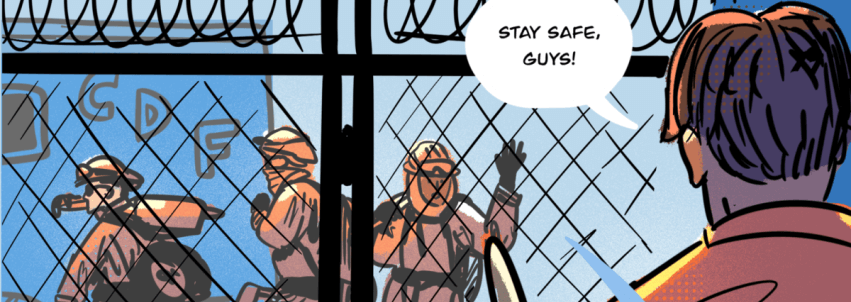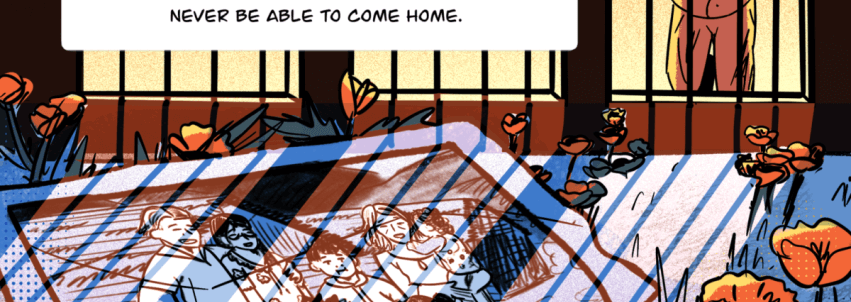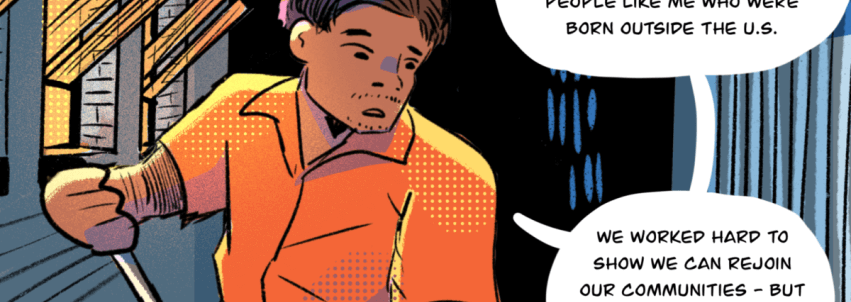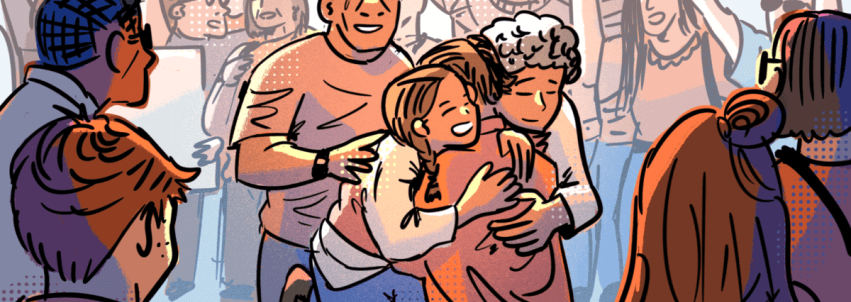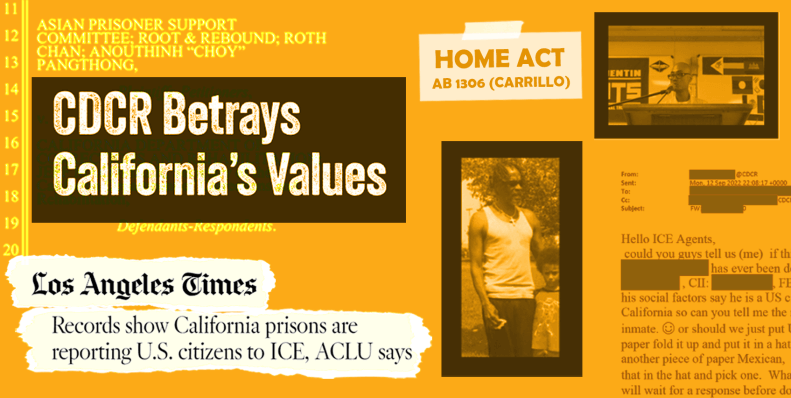
The Campaign to End California's Prison to Deportation Pipeline
In California, we believe in keeping families together and communities whole. We know that immigrants contribute in incalculable ways and are at the heart of what makes our state vibrant and strong.
California can and should treat immigrants fairly. Like anyone else, they deserve the opportunity to provide for their loved ones, learn, grow, and give back. While we've taken important steps to welcome those who come here seeking a better life, far too many state resources are still used to hurt our immigrant neighbors, friends, and family.
California Prisons Betray California Values
One of the worst actors is the California Department of Corrections and Rehabilitation (CDCR). CDCR, the largest public agency in California, is marred by racist and discriminatory practices that single out immigrants.
Instead of letting people return home once they’ve completed their sentence, prison staff collude with Immigrations and Customs Enforcement (ICE) to funnel thousands into the federal deportation system. They accomplish this by profiling, detaining, isolating, and reporting those they suspect might have been born outside the United States, with devastating consequences for them, and for our broader community.
The ACLU, the Asian Law Caucus, Asian Prisoner Support Committee, and Root & Rebound have worked with a wide range of partners, incarcerated people, and formerly incarcerated people to expose CDCR's anti-immigrant practices. Together, we're leading a multi-pronged campaign, composed of lawsuits, investigations, public education, and organzing, to stop CDCR from transferring people to ICE, once and for all.
What follows is a recent history of that work.
Table of Contents
- CDCR Packs People into ICE’s COVID Catastrophe
- Asian Prisoner Support Committee v. CDCR
- CDCR Exposé Prompts Public Outrage
- Immigrants and Refugees Organize Around CDCR Hearing
In 2020, at the height of COVID-19, one of the worst places you could be was locked inside an immigrant detention center. These sites are often managed by for-profit companies who, at every turn, cut corners at the expense of the people they imprison. Over-crowded, unhygienic, and neglected, the centers soon became hotspots, with the virus burning through the living quarters, infecting hundreds, many of whom already had pre-existing conditions.
Instead of allowing people who had completed their sentences to return home where they could safely quarantine, CDCR kept its deportation pipeline flowing. Prison employees coordinated with ICE to hold people past their release date so that they could be detained and shipped to detention centers where, for months, an active COVID outbreak raged.
COVID left no doubt about the inhumanity of immigrant detention, as ICE displayed cold indifference to those the agency detained. During the pandemic, Briseida Salazar was imprisoned at the Otay Mesa detention center in a unit where a woman tested positive for COVID-19. She feared she would never see her family or her one-year-old son again.
On April 27, 2023, incarcerated and formerly incarcerated Californians sued the California Department of Corrections and Rehabilitation (CDCR) for illegally discriminating against people suspected of being born outside the U.S.
The plaintiffs, represented by the ACLU Foundation of Northern California, Asian Law Caucus, and Munger, Tolles, & Ollson LLP, argued that CDCR refers people to ICE based on their perceived race, ethnicity, place of birth, and English proficiency. In doing so, CDCR violates the California Constitution, the California Values Act, and state anti-discrimination law.
According to the lawsuit, when the staff responsible for processing entries into the California prison system believes someone to be “foreign-born,” they trigger an illegal, CDCR-invented label known as a "Potential Hold," a term that has no meaning under federal immigration law.
Once flagged, CDCR staff will often deny that person placement in various prison programs, including rehabilitation, education, and vocational programs, as well as lower-security housing placements. Staff will also regularly send information about that person to ICE.
ICE uses the information CDCR supplies them to identify people’s release date and detain them before they can return home.
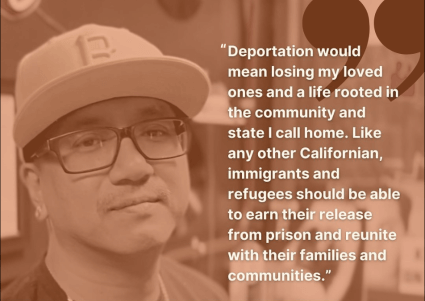
Last year, the ACLU Foundation of Northern California, Asian Law Caucus, Asian Prisoner Support Committee, and Root & Rebound led a major, in-depth investigation of the California Department of Corrections and Rehabilitation titled Profile, Tag, Deport: CDCR Betrays California’s Values. We uncovered thousands of records that together reveal an illegal and systematic effort to deport and deny rehabilitation to people based on their perceived race, ethnicity, national origin, or English fluency. This program steals people who are about to return home from their families, and regularly sweeps up U.S. citizens and green card holders.
The documents reviewed by the investigative team in the report only span from August to September 2022. Despite the narrow timeframe, they paint a disturbing picture of the scale and scope of CDCR's deportation pipeline. In just two months within the sample, we found racist, xenophobic, and illegal communication between CDCR and ICE, resulting in the transfer of over 200 people from CDCR facilities to ICE custody.
Should we just put US citizen on a piece of paper fold it up and put it in a hat, and then write on another piece of paper Mexican, fold it up and also throw that in the hat and pick one
September 2022 email exchange between CDCR Staff at Avenal State Prison and ICE Officers.
The report sparked widespread outrage. Covered by papers across the state, it even provoked an apology from the President of the California Correctional Peace Officers Association. The public attention led the legislature to pass AB 1306, the HOME Act, authored by Assemblymember Wendy Carrillo, which would have limited ICE transfers by extending recent criminal justice reforms to immigrant community members. Governor Newsom vetoed the law, leaving CDCR’s illegal and destructive practices in place for now.
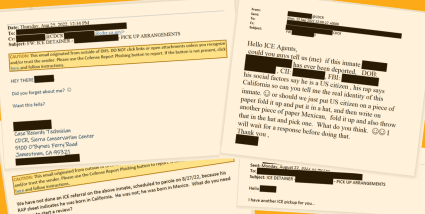
On February 16, 2024, the California Department of Corrections and Rehabilitation (CDCR) released new proposed regulations that would impact how immigrants and refugees are treated in state prisons.
Currently, the proposed regulations do NOT:
- Clearly prohibit CDCR from relying on foreign birth, ethnicity, or race when making classification or programming decisions.
- End CDCR’s collusion with ICE, including voluntarily referring people to ICE or transferring Californians who have completed their sentences to ICE detention.
- Address how California’s largest public agency uses public resources to operate a system of double punishment.
- Stop CDCR staff from pursuing unjustified ICE transfers in spite of their own records, nor from flagging people for ICE based on racist assumptions about their names, the languages they speak, or where they were born.
- End state prison staff’s repeated practice of detaining Californians beyond their release date to provide ICE with more time to pick them up.
- Grant credits retroactively to people who should have received lower classification and/or been granted access to credit-earning programs since the implementation of the California Values Act in 2017.
CDCR held an in-person regulatory hearing on April 3, 2024 where Californians could give public comment. It was the first such hearing since the 2023 investigative report was released. People who had been profiled and flagged for ICE by CDCR showed up alongside advocates to confront the agency and demand an end to CDCR’s discriminatory deportation pipeline. You can read our public comments here.
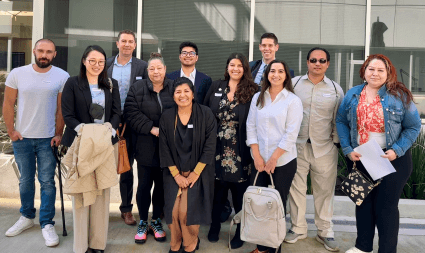
We fight to keep families whole.
Although there is still much to be done to end CDCR’s collusion with ICE, the advocacy undertaken so far has led to inspiring wins. Parents have been reunited with children, friends have welcomed back loved ones, and communities have celebrated the return of their neighbors. These outcomes are what keep us all fighting so hard, and bring us closer to the world we're trying to build.
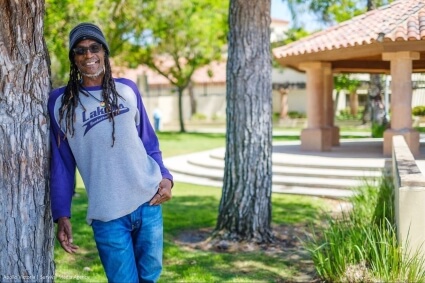
You can read more about Brian's story, and the story of others harmed by CDCR's deportation pipeline, through Asian Law Caucus' "Home Not Heartbreak" photo series.
*****


